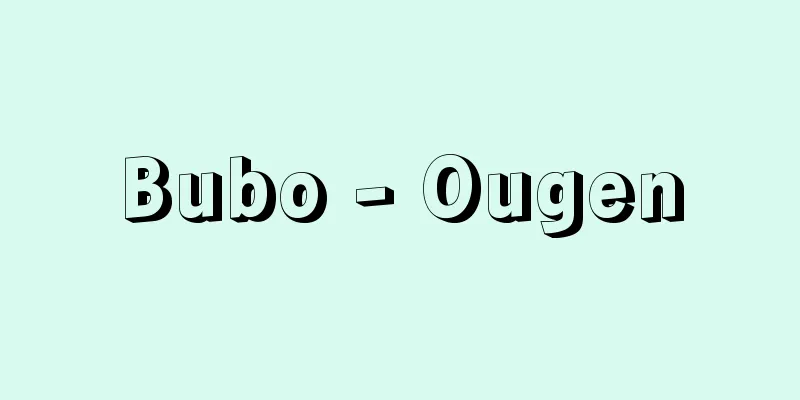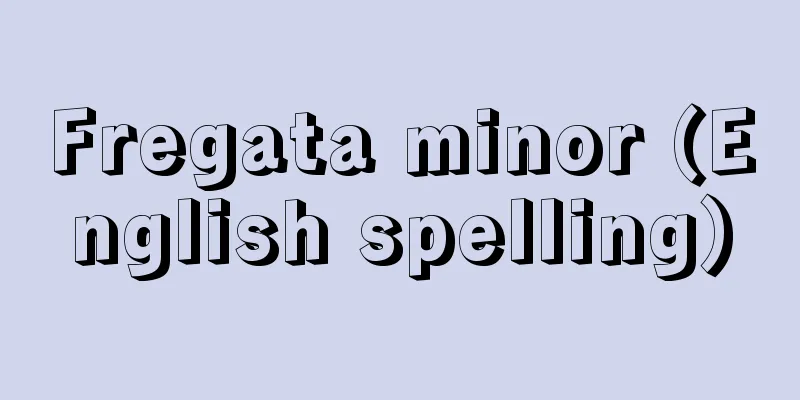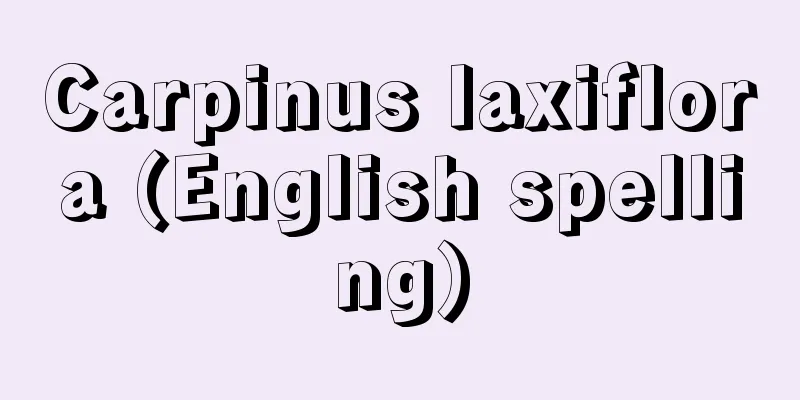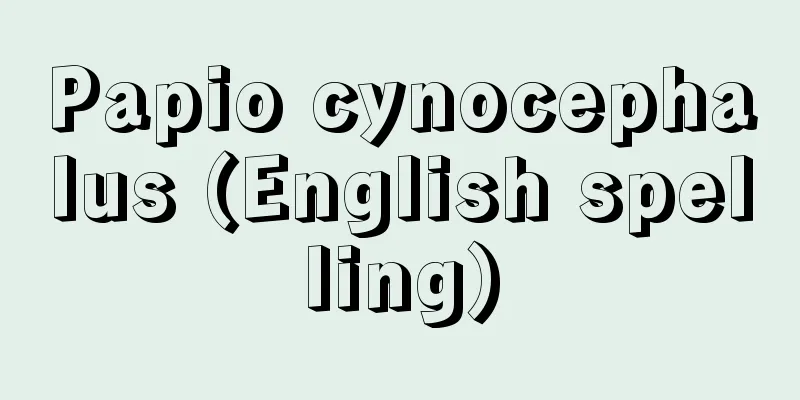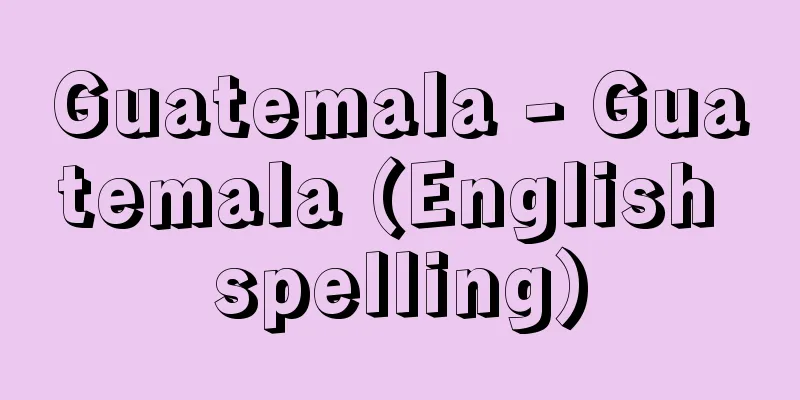Morphology

|
[1] In traditional grammar, morphology is the branch that describes the changes in word forms and their formation, and is one of the three major branches of grammar, along with syntax and phonology. [2] In structural linguistics, it is the branch that analyzes the types of morphemes and their arrangement. When analyzing words into morphemes, (1) the position that sees all morphemes as additions is called the item arrangement method, and (2) the position that sees changes in the phonemes that make up the morphemes is called the item process method. In the past tense of the English verb keep/ki:p/, /kept/kept/ (kept), if the allomorph /t/ of the past morpheme is added to the allomorph /kep-/ of /ki:p/, then this falls under method (1), while if it is considered that the vowel /i:/ of /ki:p/ changed to /e/ and then /t/ was added, then this falls under method (2). There is also the word/word inflection method (3), which does not break down /kept/ but instead sees it as a single word in the past tense as opposed to the present tense /ki:p/. In English, dogs [dɔg-z] and cats [kæt-s] refer to multiple dogs and cats, respectively. These endings [z] and [s] are called inflectional endings because they are added when nouns become plural. In contrast, the endings [i] and [iʃ] in doggy [dɔg-i] (dog-like) and cattish [kæt-iʃ] (cat-like) function to change nouns into adjectives. Moreover, these endings only combine with certain nouns. These are called derivational endings. When inflecting words, inflectional or derivational endings are added to the morphemes of the core stem, so they are called affixes. There are three types of affixes: (1) In un -kind ‘unkind’, un- is added before the beginning of a word, so it is a prefix. (2) Suffixes come after the stem, such as the plural ending -s in boy- s . In terms of word structure, words like boy and cat are made up of only free-form morphemes, while words like boy-s and catt-ish combine free-form with bound morphemes. In words like re-ceive, both the prefix re- and the stem -ceive are bound morphemes. Boy-friend is a compound word made up of two free-form morphemes. In English, "un-friend-ly" is a word made up of three morphemes, but while there is a word "friend-ly," there is no word "un-friend," so "unfriendly" is first broken down into two elements, "un" and "friendly." This is called analyzing the direct constituents. Next, "friendly" is divided into the direct constituents, "friend" and "ly." In this way, the combination of morphemes is not done by adding them one after the other, but is linked together in a certain structure. In generative grammar, morphology is reclassified as lexicology. Lexicology studies how to describe words syntactically, phonologically, and semantically. The English verb give has the phonemic designation /ɡiv/, and syntactically it belongs to verbs and is used in grammatical structures that take direct and indirect objects, such as "giving ~ to ~". Semantically, it is interpreted within the meaning structure of "the transfer of possession of an object from one person to another". It is believed that the change from the present tense give/ɡiv/ to the past tense gave/ɡeiv/ is due to the morphophonemic phonological rule that changes the vowel /i/ to /ei/. [Koizumi Tamotsu] "A Course in Linguistics for Culture" by Tamotsu Koizumi (1984, Taishukan Shoten) Source: Shogakukan Encyclopedia Nipponica About Encyclopedia Nipponica Information | Legend |
|
〔1〕伝統文法では、形態論は、語形の変化とその構成を記述する部門として、統語論、音韻論とともに文法の三大部門をなす。〔2〕構造言語学では、形態素の種類とその配列を分析する部門とされている。 語を形態素に分析する場合、(1)すべて形態素の付加とみる立場を項目配列方式、(2)形態素を構成する音素に変化を認める立場を項目過程方式という。英語の動詞keep/ki:p/の過去形/kept/kept/「保持した」において、/ki:p/の異形態/kep-/に過去の形態素の異形態/t/が付加されたとすれば(1)の方式であり、/ki:p/の母音/i:/が/e/に変化したうえで/t/が付加されたと考えれば(2)の方式にたっている。なお、(3)/kept/を分解しないで、一つの語としてそのまま過去形と認め、これが現在形の/ki:p/と時制の対立をなしていると考える語・語形変化の方式がある。 英語のdogs[dɔg-z],cats[kæt-s]はそれぞれ複数の犬と猫を表すが、これらの語尾[z]と[s]は名詞が複数形になったとき付加される変化語尾であるから屈折語尾とよばれる。これに対し、doggy[dɔg-i]「犬のような」、cattish[kæt-iʃ]「猫のような」に現れる語尾[i]や[iʃ]は名詞を形容詞に変える働きがある。しかも、これらの語尾は特定の名詞としか結合しない。こうしたものを派生語尾という。語形変化をなすとき、屈折語尾もしくは派生語尾は、中核をなす語幹stemの形態素に添加されるので接辞affixという。接辞には次の3種がある。 (1)un-kind「不親切な」におけるun-は語頭部の前に付加されるので接頭辞prefixである。 (2)boy-sの複数語尾-sのように語幹部の後ろにくるものが接尾辞suffixで、 語の構造をみると、boyやcatのような語は自由形式の形態素のみでできているが、boy-sやcatt-ishのような語では自由形式に結合形式の形態素が組み合わさっている。また、re-ceive「受ける」のような語では、接頭辞のre-も語幹部の-ceiveもともに結合形式の形態素である。なお、boy-friend「男友達」は、二つの自由形式の形態素が結び付いた合成語である。 英語のun-friend-ly「不親切な」は三つの形態素からなる語であるが、friend-ly「親切な」という語はあっても、un-friendという語はないので、unfriendlyはまずunとfriendlyという二つの要素に分解される。これを直接構成素に分析するという。続いて、friendlyはfriendとlyという直接構成素に分けられる。このように形態素の結合は、順次後ろから付加されるものではなく、ある構造をなして結び付いているのである。 生成文法では、形態論は語彙(ごい)論に組み替えられている。語彙論では、語を統語面と音韻面および意味の面で記述する方法が研究されている。英語の動詞giveは/ɡiv/という音素表示をもち、統語的には、動詞に属し、「~を~に与える」というように直接目的語と間接目的語をとる文法構造に用いられる。意味的には、「ある対象物がある者から他の者へと所有移動する」という意味構造のなかで解釈される。なお、現在形give/ɡiv/が過去形gave/ɡeiv/に変化するのは、母音の/i/を/ei/に変える形態音素的音韻規則が働いていると考えられている。 [小泉 保] 『小泉保著『教養のための言語学コース』(1984・大修館書店)』 出典 小学館 日本大百科全書(ニッポニカ)日本大百科全書(ニッポニカ)について 情報 | 凡例 |
<<: Mobile phone - mobile phone
Recommend
Stone pot - Ishigama
〘 noun 〙 A salt-making pot made of river stones or...
Oyacho - Ooyachi
…The city area was also the base of the Ise Taira...
Price Leader
...When there is an oligopolistic market structur...
floral biology
...There are several known examples, such as orch...
Fujiwara Ginjiro - Fujiwara Ginjiro
Year of death: March 17, 1960 Year of birth: 17th ...
Gyoki-style roofing - Gyokibuki
A type of hon-kawara roofing. Round tiles with a f...
Flatworms - Flatworms
A group of animals that make up the Platyhelminth...
Seidenstrassen
…meaning “Silk Road.” The English name is based o...
Principles of Economics
A. Marshall's major work, published in 1890. I...
Zhang Xue-liang (English name)
[Live] Guangxu 27 (1901).6.3. Liaoning, Haicheng [...
Huang Zongxi - Kosogi
A Chinese thinker and scholar in the early Qing d...
Jivaka (English spelling)
...Medicine was organized into a system of knowle...
Almaty
(Almaty) The former capital of the Republic of Kaz...
Alfred Manes
1877‐1963 German insurance scholar. Born in Frankf...
Nakamura Denkuro
Kabuki actor. There are six generations, beginning...
![Southern [town] - Nanbu](/upload/images/67cc6a7e7f696.webp)

